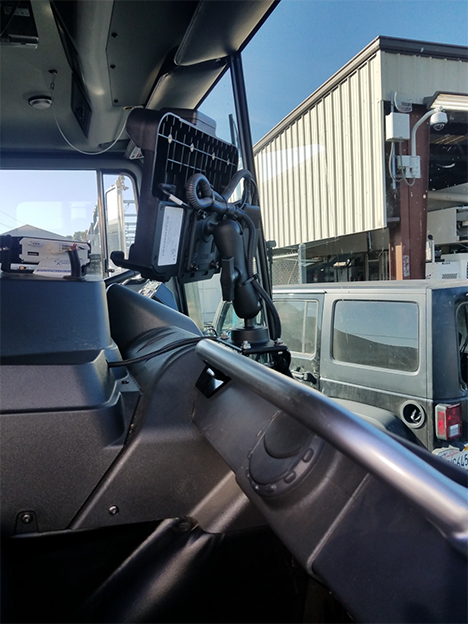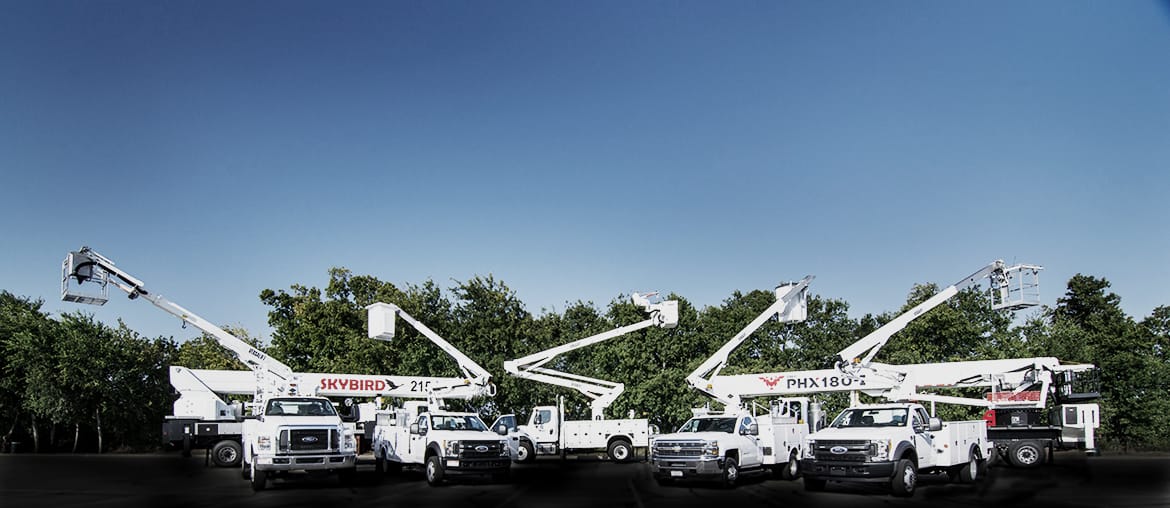
Deploying mobile computing devices in field vehicles has become the norm for most energy companies. It has already been proven that implementing specialized software and rugged portable computers and tablets is a profitable investment.
Most energy companies have installed the technology in their general fleet, but they are having challenges fitting the rugged mobile computing devices on their purpose-built vehicles. Providing access to back-end resources and adopting efficient workflow processes in their specialty vehicles has also proven a challenge.
The problem: Shortage of Mobile Mounting Solutions for Specialty Vehicles
Mobile mounting solutions providers offer off-the-shelf, vehicle-specific devices and software, most of which are compatible with the vehicles used by energy companies. However, such solutions are not available for purpose-built vehicles. One of the primary reasons behind the shortage is the small number of specialty vehicles across the energy industry. The small number cannot justify considerable investment in the research, development, and manufacturing of off-the-shelf mounting solutions for specialty vehicles.
Besides the lack of readily-available mounting solutions, specialty vehicles have unique challenges concerning the installation of rugged mobile computing devices. Most specialty vehicles were not designed to accommodate both workers and mounted rugged devices because of these reasons:
- In harsh environments, the specialty vehicles double up as the field workers’ offices, so space is valuable.
- The specialty vehicles act as the primary means of transport for field workers, especially in extreme conditions.
- The rugged devices could block the driver’s view of the road and compromise the workers’ safety.
In essence, installing the rugged devices on the specialty vehicles was like trying to fit 10 pounds of stuff in a 5-pound sack, safely. Faced with these challenges, one Southern California energy company reached out to CDCE for help. CDCE had a long-running working relationship with the energy company, having supplied it with Panasonic Toughbooks, Toughpad tablets, and other computer mounting solutions.
The solution: An Improved Wash Truck
A wash truck is a specialty vehicle used to clean large, fixed electrical structures in the field. Control modules for the washing equipment and voice radios are pre-installed in the truck’s cabin. As such, the cabin had no space to fix the rugged Panasonic G1 tablets the operators use for work orders and GPS navigation.
Initially, the co-operator would hold the tablet in his hands while the vehicle was in motion, and set it on the floorboards or seat when not in use. Also, there were no means of charging the tablet in the field. Sometimes, after a long shift, the tablet would run out of power.
The wash trucks have large windshields (the whole vehicle is large), but a large windshield is particularly essential so the operators can see the work they’re doing and drive safely. Mounting a tablet within the cabs of these wash trucks seemed impossible, especially after taking the windshield view, operators’ safety, and ergonomics into account.
The fabrication team at CDCE went on-site with the wash truck and collected visual data points from operators’, admins’, and the ergonomics and safety department’s points-of-view. With this input, the engineers at CDCE were able to fix a 10-inch rugged Panasonic G1 tablet with a lockable charging dock onto a custom on-dash mount. The adjustments allowed the operators to see through the windshields and use the tablet without blocking the driver’s view to the passenger-side mirror.
Many industries face similar difficulties in deploying the mobile devices necessary to support their field workers. Specialty and all-electric vehicles can be challenging to work with, but with a complete understanding of the end-user workflow, the vehicle layout, and the ergonomics involved, finding a solution is within reach. Such solutions will undoubtedly demand that the providers have skills and tools to design and fabricate custom mounts.


